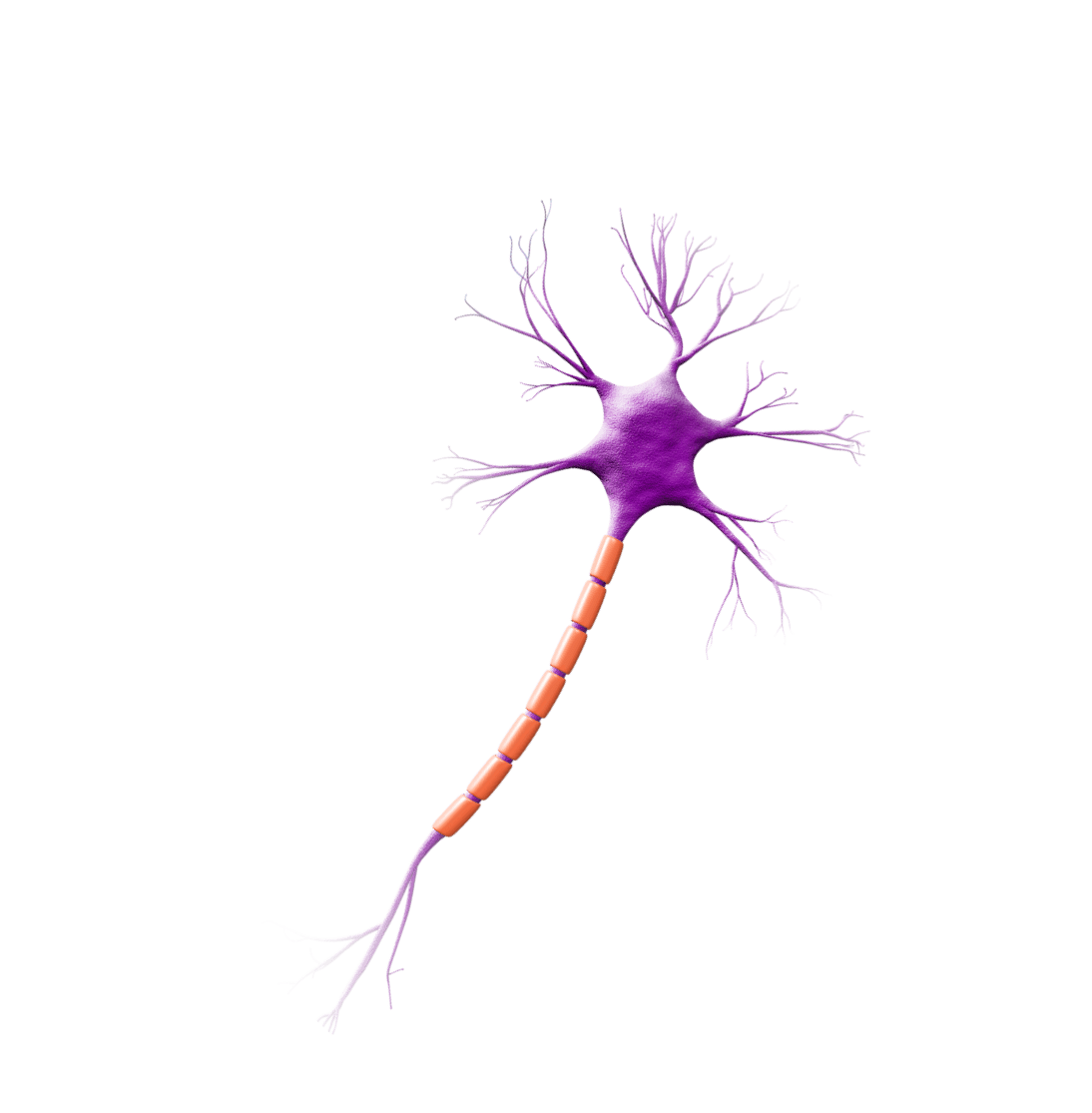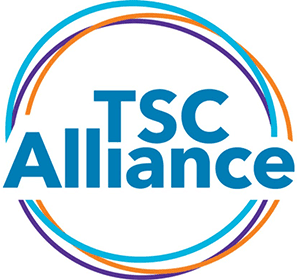EDUCational Resources
Support Beyond Treatments
In addition to developing therapies for debilitating disorders of the central nervous system (CNS), Noema Pharma is committed to connecting patients and their caregivers to information and others living with similar debilitating CNS disorders.

Tuberous Sclerosis Complex Resources
Tuberous Sclerosis Complex (TSC) is a rare genetic disorder that causes tumors to form in many different organs, primarily in the brain, eyes, heart, kidney, skin, and lungs. The aspects of TSC that have the greatest impact on quality of life are generally associated with the brain: seizures, developmental delay, intellectual disability, and autism. However, many people with TSC are living independent, healthy lives and enjoying challenging professions, such as doctors, lawyers, educators, and researchers.
Trigeminal Neuralgia Resources
Trigeminal Neuralgia (TN), also called tic douloureux, is a chronic pain condition that affects the trigeminal (fifth cranial) nerve, which carries sensation from your face to your brain. TN is a form of neuropathic pain (pain associated with nerve injury or nerve lesion).
For additional information, please visit the Facial Pain Association.






Tourette Syndrome Resources
Tourette Syndrome (TS) is a neurological disorder that becomes evident in early childhood or adolescence between the ages of 2 and 15 and is defined by multiple motor tics and at least 1 vocal tic lasting for more than a year. Tics characteristically wax and wane, and TS is defined as part of a spectrum of tic disorders, which includes transient and chronic tics.
For additional information, please visit the Tourette Syndrome Association of Australia and the Tourette Association of America.
Childhood Onset Fluency Disorder
Childhood Onset Fluency Disorder (COFD) is a disorder of speech that interferes with the timing and flow of a person’s spoken communication. COFD is more commonly referred to as stuttering. COFD symptoms typically begin in early childhood, with most cases starting by age 6. The disorder affects ~5% of children aged six and older. While most children grow out of their stuttering by their adolescent years, approximately 20% continue to be affected by the condition into adulthood, leading to significant disability at school, work, and in their social life.
For additional information, please visit the World Stuttering Network.











